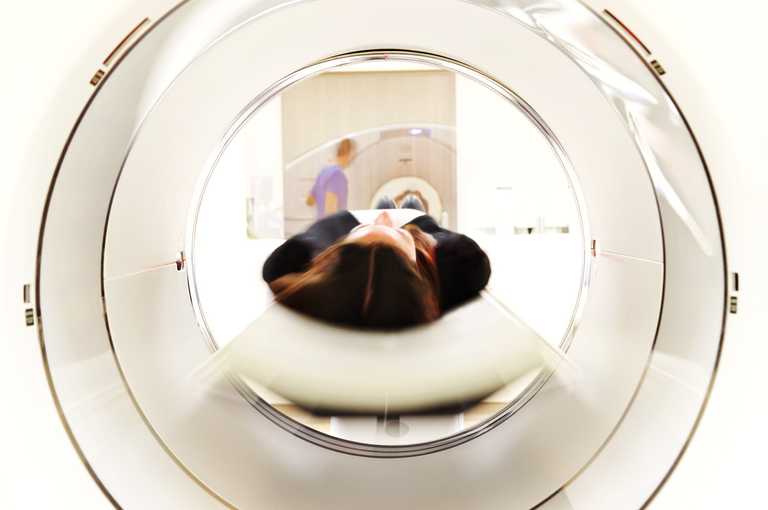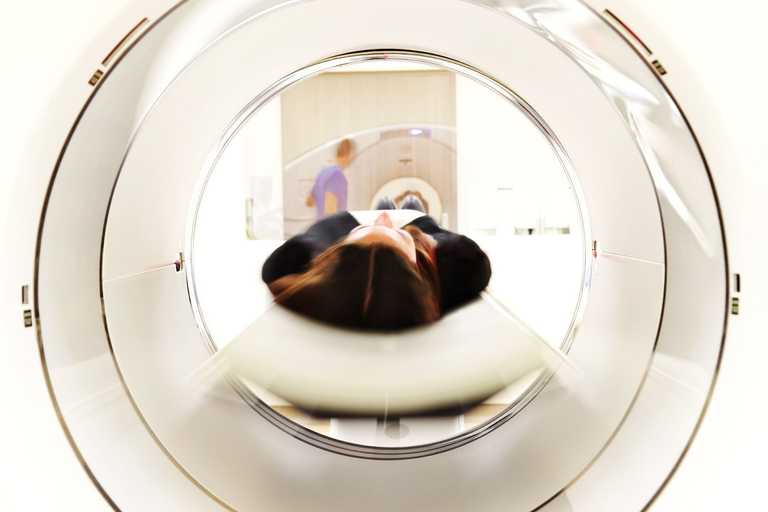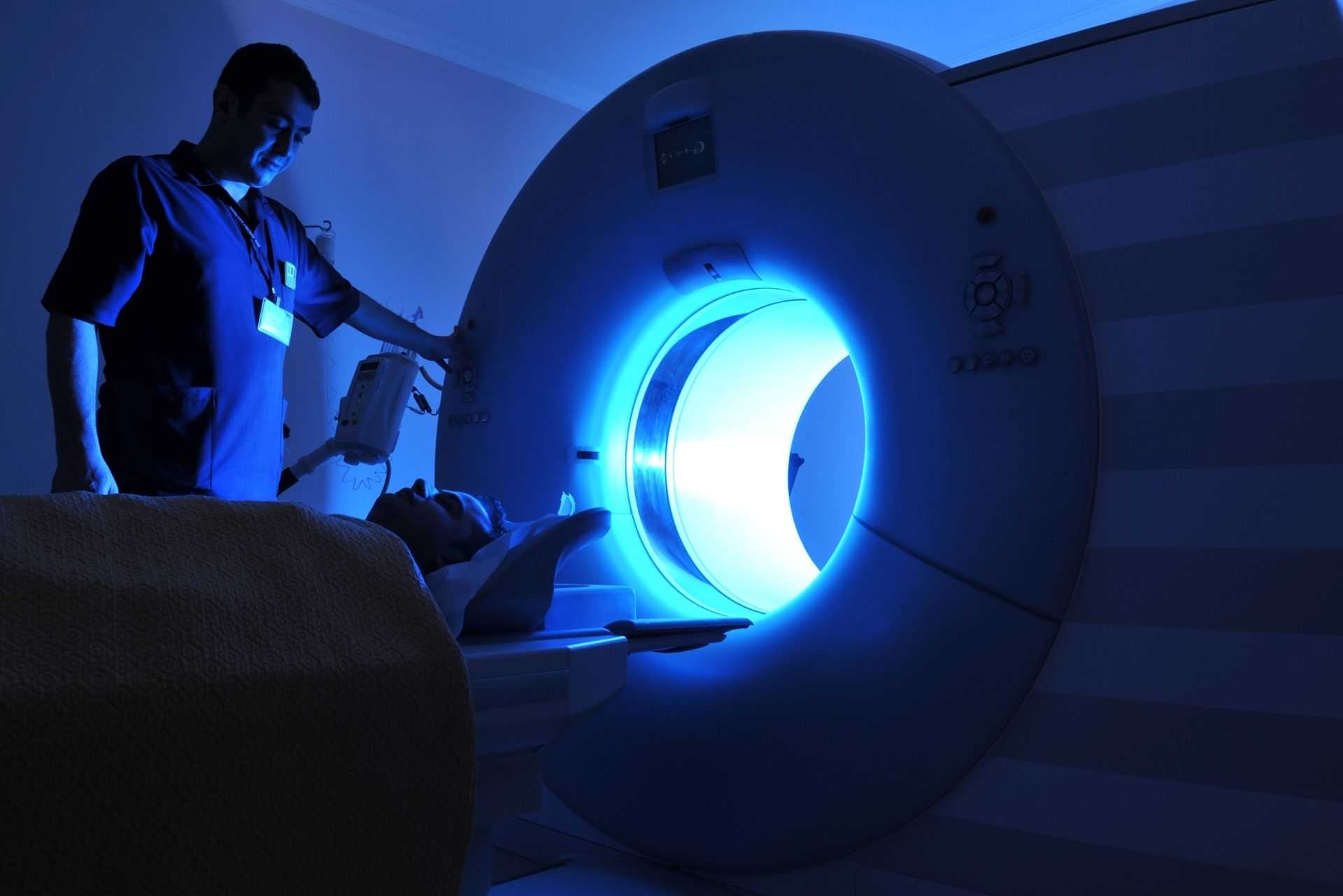
Pain management
Minimising the impact of chronic (persistent) pain on your day-to-day life is obviously paramount for your gen...

One of the most common injuries that can lead to a serious neck problem is whiplash. Whiplash, called such because of the whip cracking sound it can make, is a hyperextension of the neck. An accident may cause the head to move suddenly forward and then back with such force that it has the potential to cause damage to bones, joints, ligaments and muscles.
When you hyperextend your neck, it has the potential to cause damage not just to the upper spinal cord itself but more commonly to soft tissues such as muscles and ligaments.
This generally occurs when the head moves in an uncontrolled forward motion and then snaps back and is widely associated with motor vehicle accidents, especially when the injured party is hit from behind. Hyperextension can also be caused by sporting traumas and accidents in the workplace.
In some cases, there is immediate pain from the hyperextension of the neck. In others, that pain can begin to occur a few hours or even days after the initial trauma.
Even with relatively slight neck sprains, you can experience severe discomfort and pain for between a few days and a few weeks.
In more serious cases where the spinal cord itself is damaged, you may suffer more worrying symptoms such as loss of sensation below the neck, tingling down the arms and even problems with respiration.
If you think that you have suffered hyperextension of the neck and the symptoms are serious or persist for more than a few days it’s critical to get medical treatment as soon as possible. Contact your GP to book an appointment.
The most common cause of hyperextension is a car accident, especially if the person involved is not wearing a seatbelt. This usually occurs when another vehicle crashes into the rear of your car and causes your head to quickly snap forward and then back.
Other causes may include sporting injuries where the individual comes to a sudden stop, such as when being tackled during rugby.
You can also hyperextend the neck if you lift something heavy, trip or fall, or take part in a new exercise or sports regime where the muscles around the neck are not strong enough to support a sudden increase in activity.

Unfortunately, if you have suffered a hyperextension of the neck then you will probably know about it fairly soon. The neck is the least protected area of the spinal cord and is comprised of 7 vertebrae that are supported by an array of 20 different muscles, ligaments and facet joints.
A lot depends on the severity of the neck strain but will include:
The most common symptoms of hyperextension of the neck are pain and stiffness. In many instances, this will not appear immediately but will develop over a few hours, gradually worsening, typically over a couple of days.
In many cases, neck pain will be accompanied by a reduction in the flexibility and motion of the neck.
This can be due to soft tissue damage to muscles and ligaments as well as injury to the cervical spine itself. It can mean you are unable to turn your head properly or look up or down without feeling severe discomfort.
Discomfort or pain may also be felt in other related areas of the neck including the shoulder and back, especially if there has been some nerve damage during the injury.
In most cases, neck pain tends to disappear after a few days or weeks. If there has been more serious damage, either to soft tissues or the spinal cord itself, then symptoms can persist.
If you’ve been involved in a bad accident, paramedics on the scene may suspect a more serious neck injury. They will secure the neck area with a surgical collar to immobilise it and prevent further damage until you can be transported to the hospital.
Damage due to spinal cord injury can mean you’ll experience a wider range of symptoms including loss of sensation in certain parts of the upper body and even partial or full paralysis.
If you are experiencing whiplash symptoms that last for a few days or they get progressively worse, it’s important to get medical attention. You should book an appointment with a GP.
Neck injuries can be difficult to diagnose properly and it’s important to have a full physical examination to determine the extent of your injury.
If you are suffering from neck pain, book an appointment with our Private GP or highly experienced physiotherapy team, click here to book an appointment.
Neck hyperextension is generally diagnosed from a physical examination and taking a history of the patient, including details of the accident that caused the condition.
If a spinal cord injury is suspected, the medical team can use diagnostic imaging tools such as x-rays and CT or MRI scans to get a clearer understanding of any damage not just to the cervical spine but also to the surrounding soft tissue and ligaments.

In most cases, neck strain resolves on its own within a few days or weeks at the latest. Treatment usually involves rest and taking over-the-counter pain killers such as ibuprofen to manage any discomfort.
Wearing a soft cervical collar can help immobilise the neck without causing too much discomfort and applying hot and cold compresses to the damaged area may reduce symptoms and provide relief.
Combining this with gentle physical therapy can ease pain and also promote quicker healing. This can be achieved by working with a physiotherapist who will be able to put together a suitable, safe exercise regime based on your injury.
If the symptoms persist, stronger prescription painkillers can be used to manage discomfort as well as numbing injections which can be applied to the affected area.
With a more serious spinal cord injury, the nerves serving the body can disrupt normal functioning, causing problems below the neck level.
That means an individual may suffer from numbness and paralysis, difficulty breathing and even issues with bowel and urinary function if the condition is severe enough.
Though much rarer, this type of spinal cord injury requires intensive and urgent treatment which is why it’s critical to seek medical attention immediately.
With treatment and rest, you should expect your hyperextended neck injury to heal within two to four weeks. If the neck strain is more severe, it can take up to 3 months to fully resolve with the right physical therapy.
Neck strain caused by a whiplash injury can be extremely painful and it’s important to get medical attention if your symptoms persist for more than a few days.
At Prime Health, we have considerable experience in dealing with possible neck injuries. Our expert teams of health care professionals are at the cutting edge of injury assessment and treatment.
With state-of-the-art diagnostic imaging equipment on site, including CT and MRI scans you’ll quickly get a clear and actionable diagnosis for your condition.
If you are suffering from neck pain, book an appointment with our Private GP or highly experienced physiotherapy team, click here to book an appointment.
Minimising the impact of chronic (persistent) pain on your day-to-day life is obviously paramount for your gen...
When injury prevents you doing what you love, it can be miserable. If you need an osteopath, you can be confid...
The physiotherapists that work at Prime Health are among the most effective and experienced in the country - m...
If a joint or bone problem is stopping you from getting the most out of life, it’s good to know that at Prime ...
Prime Health gives you fast access to the latest CT expertise and technology so you can get diagnosed and trea...
Prime Health gives you fast access to the latest digital x-ray technology. The experience is built around you...
Prime Health gives you fast access to the latest MRI expertise and 3T technology so you can get diagnosed and ...
If you don’t have a referral from a health professional, you can now easily self-refer for an MRI scan at Prime Health. We offer daily appointments, allowing you to choose a time and date that suits your convenience.






